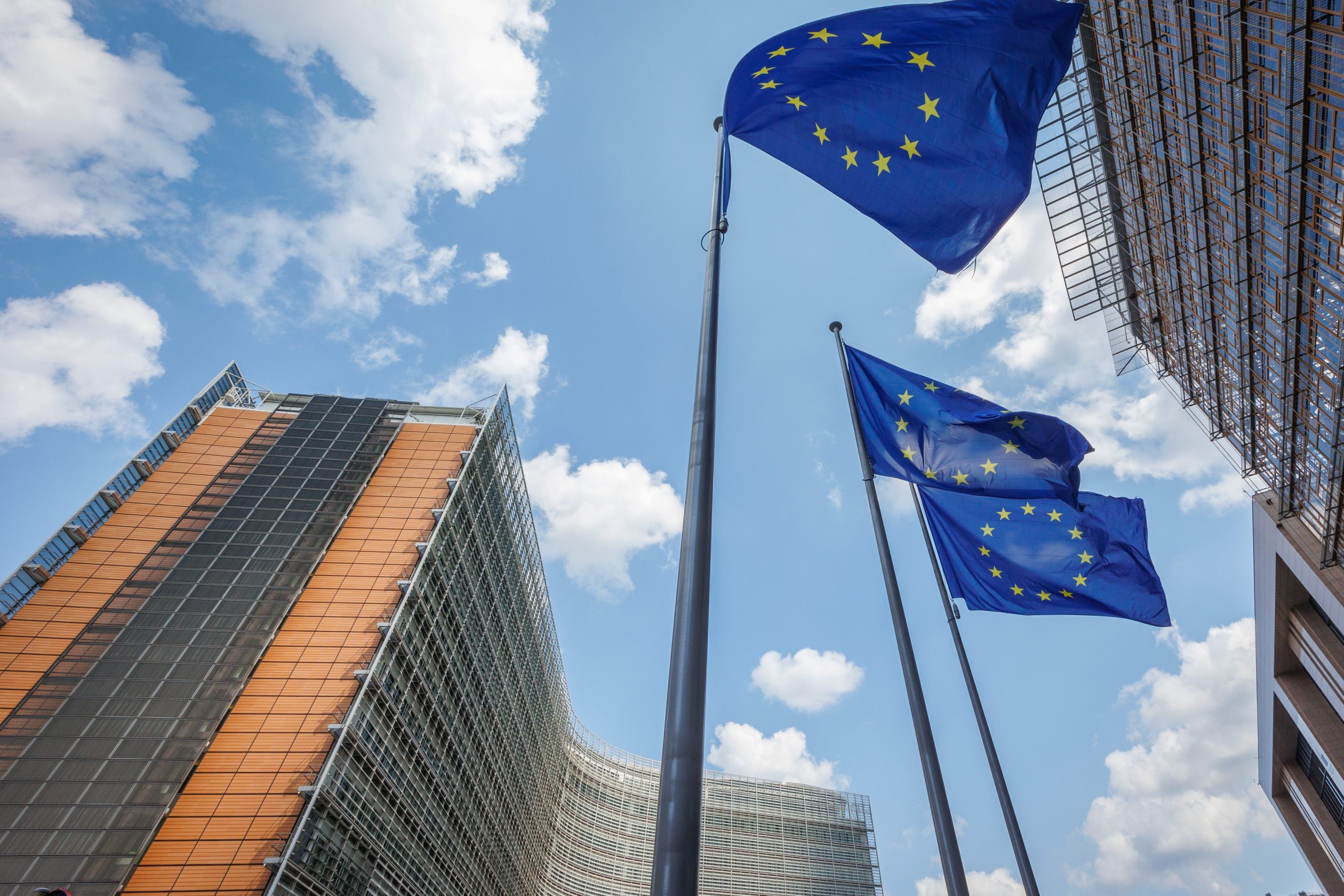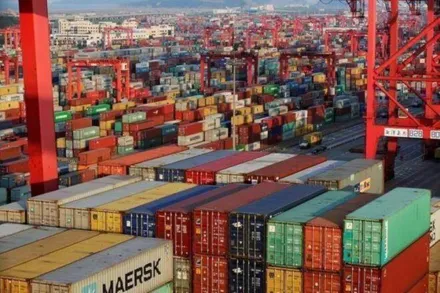- Courses
- GS Full Course 1 Year
- GS Full Course 2 Year
- GS Full Course 3 Year
- GS Full Course Till Selection
- Answer Alpha: Mains 2025 Mentorship
- MEP (Mains Enrichment Programme) Data, Facts
- Essay Target – 150+ Marks
- Online Program
- GS Recorded Course
- Polity
- Geography
- Economy
- Ancient, Medieval and Art & Culture AMAC
- Modern India, Post Independence & World History
- Environment
- Governance
- Science & Technology
- International Relations and Internal Security
- Disaster Management
- Ethics
- NCERT Current Affairs
- Indian Society and Social Issue
- NCERT- Science and Technology
- NCERT - Geography
- NCERT - Ancient History
- NCERT- World History
- NCERT Modern History
- CSAT
- 5 LAYERED ARJUNA Mentorship
- Public Administration Optional
- ABOUT US
- OUR TOPPERS
- TEST SERIES
- FREE STUDY MATERIAL
- VIDEOS
- CONTACT US
EU’s 2040 Climate Plan and Carbon Credits
EU’s 2040 Climate Plan and Carbon Credits

Why in the News?
- The European Union (EU) announced a new climate plan for 2040.
- The EU will allow countries to use carbon credits from other nations to meet part of their climate goals.
- This decision has sparked discussions because it’s a change from how the EU handled climate targets before.
- Some people support it, while others, like scientists and environmental groups, are worried.
What is a Carbon Credit?
|
Background and Chronology of Carbon Credits:
|
Year / Period |
Event / Development |
|
1992 |
United Nations Framework Convention on Climate Change (UNFCCC) signed at Rio Summit. |
|
1997 |
Kyoto Protocol adopted. Introduced the concept of carbon trading and carbon credits under international law. |
|
2005 |
The Kyoto Protocol came into force. Countries with emission targets could buy/sell carbon credits under Clean Development Mechanism (CDM). |
|
2008–2012 |
First commitment period of the Kyoto Protocol. Many developed countries began using carbon credits to meet targets. |
|
2009–2010 |
Voluntary carbon markets began growing, allowing businesses and individuals to offset emissions. |
|
2015 |
Paris Agreement adopted. Shifted focus to all countries taking action, though without binding targets like Kyoto. |
|
2021 |
At COP26 (Glasgow), rules for international carbon markets were finalized under Article 6 of the Paris Agreement. |
|
2025 |
The European Union proposed using carbon credits (up to 3%) for its 2040 climate target, marking a major shift in its policy. |
What are the Key Highlights?
- New Climate Target: The EU wants to cut greenhouse gas emissions by 90% by 2040, compared to 1990 levels. This is a step toward becoming carbon neutral by 2050.
- Carbon Credits Allowed: Starting in 2036, countries can use carbon credits from developing nations to cover up to 3% of their emissions reduction goal.
- More Flexibility: Countries can choose which sectors, like transport or industry, will cut emissions the most. If forests don’t absorb enough CO2, countries can focus on other areas.
- UN-Backed Market: The carbon credit system will operate through a United Nations-backed carbon market.
- Strict Regulations Coming: The EU will set strict quality criteria and rules for using these credits by next year (i.e., 2026).
- Type of Projects: Carbon credits may be earned from projects like forest restoration in developing countries.
- Global Investment Interest: The proposal is expected to create investment certainty and attract strong interest from the Global South.
What are the Significances?
- International Cooperation: This allows EU countries to work with developing nations to fight climate change together.
- Financial Support for Developing Nations: Countries in Africa, Asia, and South America can receive money for green projects.
- Flexibility for EU Industries: European industries under pressure due to economic issues can now find easier and cheaper ways to meet climate targets.
- Global Emission Cuts: Even if not all the reductions happen inside Europe, they still help reduce total global emissions.
What are the Challenges and Way Forward?
|
Challenges |
Way Forward |
|
1. Some carbon credits in the past did not deliver real environmental benefits. |
Set strict rules to ensure credits are high-quality, verifiable, and truly reduce emissions. |
|
2. Using foreign credits may reduce investment in the EU's own clean technologies. |
Focus on both international credits and local green projects to maintain balance. |
|
3. Environmental groups say it’s like “outsourcing” climate responsibility. |
Increase transparency to show how credits support global climate goals without harming EU efforts. |
|
4. Natural carbon sinks, like forests, may not work as expected due to climate change. |
Invest in research to improve carbon sinks and explore new technologies for carbon removal. |
|
5. Some EU countries resist strict climate rules due to high costs. |
Provide financial support and incentives to help countries meet climate targets. |
Conclusion
The EU’s decision to include carbon credits in its 2040 climate plan reflects a pragmatic approach to global climate action. By blending flexibility with ambition, the EU aims to lead by example while addressing economic concerns. Moving forward, the success of this strategy will depend on ensuring accountability and fostering innovation to achieve a sustainable future.
|
Ensure IAS Mains Question: Q. Carbon credits are increasingly being used as a tool for global climate cooperation, yet their effectiveness and credibility remain under scrutiny. |
|
Ensure IAS Prelim MCQ: Q. With reference to carbon credits, consider the following statements:
How many of the above statements are correct?
Answer: b Explanation: Statement 1 is correct: The Kyoto Protocol (1997) introduced the concept of carbon trading and carbon credits as part of mechanisms like the Clean Development Mechanism (CDM). Statement 2 is correct: One carbon credit represents the reduction or removal of one metric ton of CO₂ or equivalent greenhouse gas. Statement 3 is incorrect: The Paris Agreement (2015) continues to allow carbon credit trading under Article 6, though with new rules for transparency and quality. It does not ban international carbon trading. |



